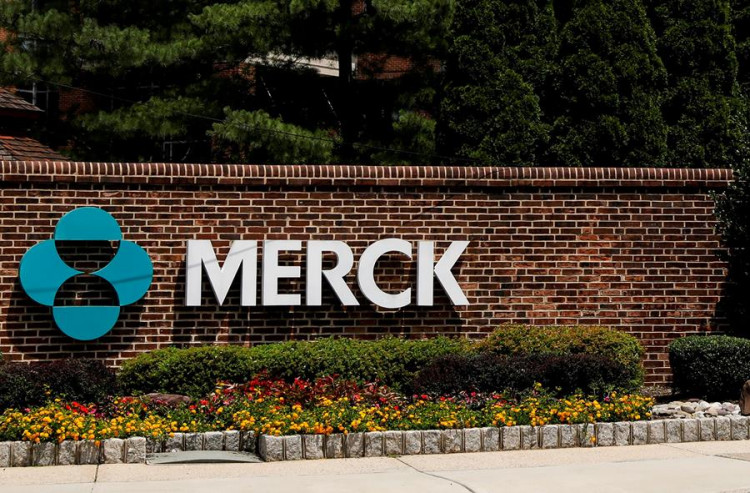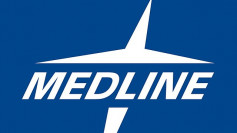Merck & Co. said Wednesday it will acquire London-based Verona Pharma in a $10 billion all-cash deal, bolstering its respiratory treatment portfolio as the company moves to reduce long-term dependence on its blockbuster cancer drug Keytruda.
The acquisition gives Merck full control of Ohtuvayre, an inhaled therapy for chronic obstructive pulmonary disease (COPD) approved in the U.S. last year. Verona reported $42.3 million in revenue from the drug in 2024, and analysts project annual sales could top $3 billion in the coming years.
Merck will pay $107 per American Depository Share of Verona Pharma, representing a 23% premium over the company's most recent Nasdaq close. Shares of Verona jumped 20% in premarket trading on the news, while Merck's stock rose modestly.
"Ohtuvayre complements and expands our pipeline and portfolio of treatments for cardiopulmonary diseases while delivering near- and long-term growth as well as value for shareholders," Merck Chairman and CEO Robert Davis said in a statement.
David Zaccardelli, CEO of Verona Pharma, said the deal allows Ohtuvayre to reach more patients through Merck's commercial infrastructure. The therapy is also undergoing clinical trials for non-cystic fibrosis bronchiectasis, a chronic lung condition that progressively worsens over time.
COPD, which includes emphysema and chronic bronchitis, affects over 14 million U.S. adults and is a leading cause of disability and death. It is commonly associated with long-term smoking and causes symptoms such as chronic cough, wheezing, and breathing difficulties.
The purchase marks Merck's first major deal of 2025 and its largest since acquiring Prometheus Biosciences for $10.8 billion in 2023. It follows a broader strategy to mitigate future revenue risk from Keytruda, which generated nearly $30 billion last year but faces key patent expirations beginning in 2028.
Since 2021, Merck has nearly tripled its late-stage development pipeline. The $11.5 billion acquisition of Acceleron in 2021 gave it Winrevair, a treatment for pulmonary arterial hypertension that has become a cornerstone in its cardiopulmonary portfolio.






